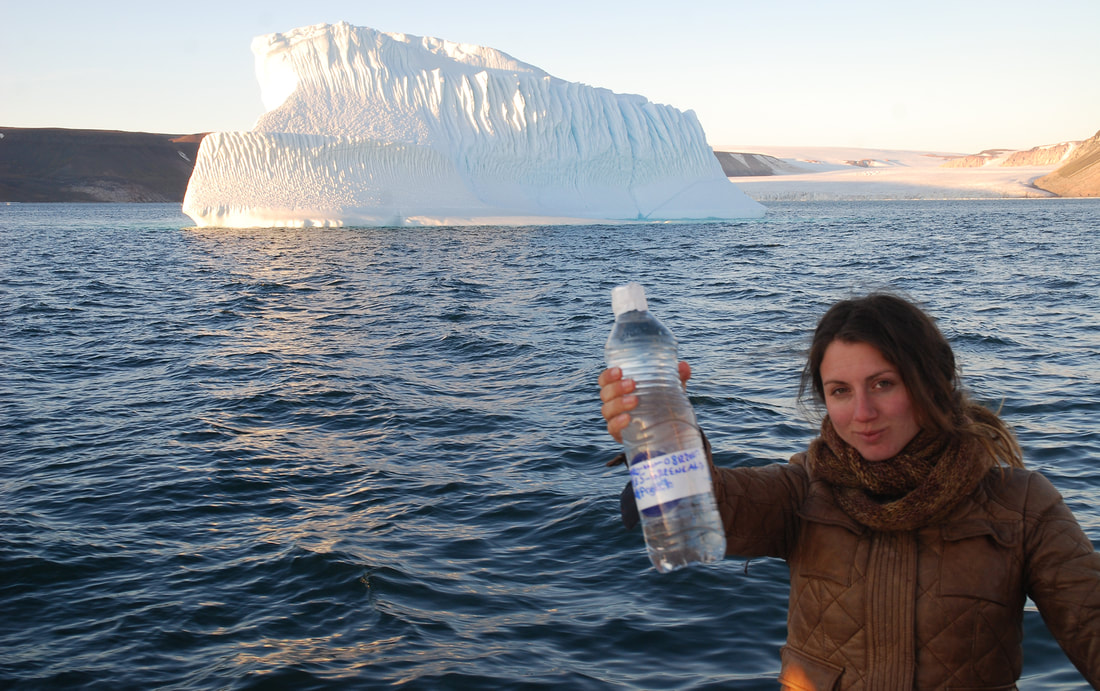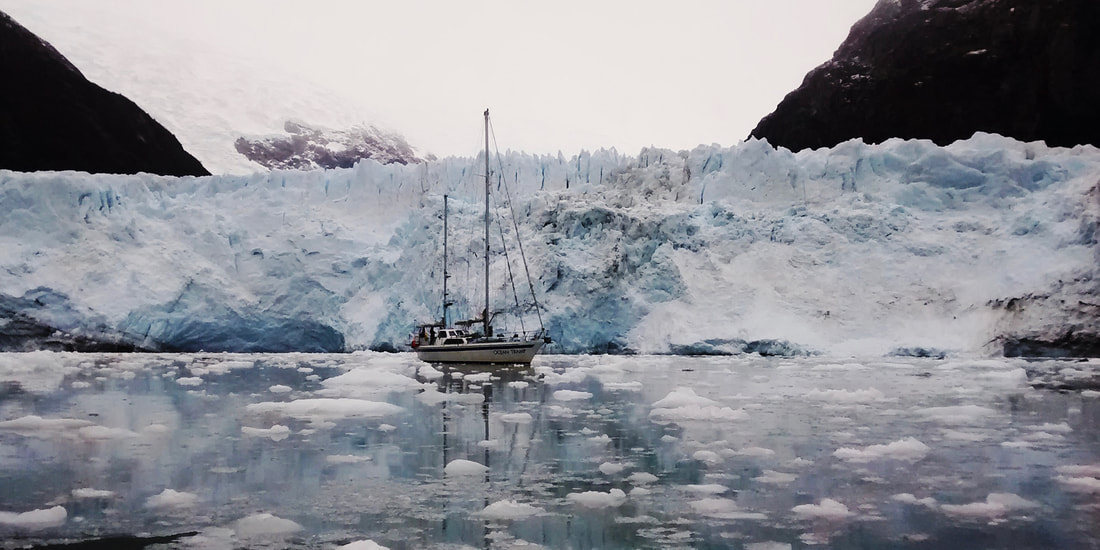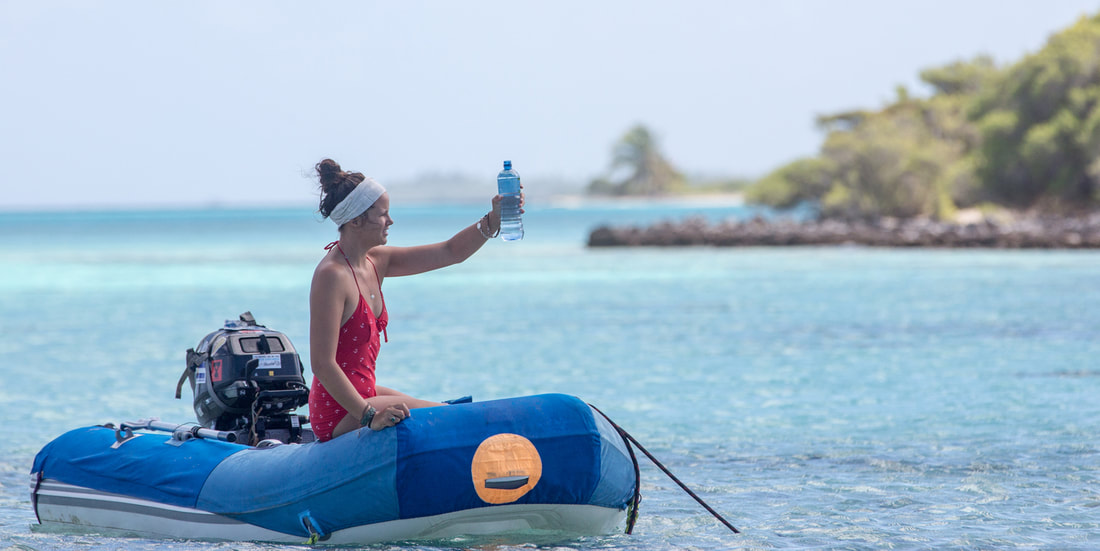Researchers predict the Arctic Ocean will accumulate the highest concentration of plastic microfibers in the world, according to a new study led by Dr. André Lima and co-authored by Adventure Scientists. The insight came from water samples collected by the organization’s citizen-scientist volunteers around the globe.
Every time someone launders a fleece jacket or other piece of synthetic-fiber clothing, microscopic fibers of plastic wash into sewer systems, down rivers, and out to sea. These invisible microfibers absorb toxic chemicals such as PCBs and metals that, when ingested by marine animals and carried up through the food web to larger wildlife and people, may cause immune deficiencies, reproductive problems, and other harm.
Experts have documented microplastic fibers in all of the world’s oceans, yet they are still working to understand where the highest concentrations occur and how those concentrations impact plant and animal life. For this study, scientists turned to data from 1,373 seawater samples collected by Adventure Scientists volunteers. The researchers predicted where microfibers would accumulate based on ocean currents, salinity, temperature, and other metrics. Their results, published in the latest volume of the Journal of Hazardous Materials, point to several key hotspots.
Concentrations are predicted to be highest in waters near Greenland and in the wildlife-rich Hudson Bay, which may average 27,000 microplastic particles in a single cubic meter of water. A powerful ocean current that travels from the South Atlantic along North America’s East Coast is driving much of the flow of microfibers into Arctic seas.
Many of the hotspots identified are areas where ocean currents and cold, dense water form invisible barriers within the ocean. Once microfibers or other debris enter, they cannot escape and continue to circulate. Eventually, the fibers settle on the ocean floor where they encounter deep-ocean species.
“There was a big question when Adventure Scientists originally completed our microplastics project about why there were higher concentrations in places where there were fewer people and industry–where you’d expect to find the least,” said Michelle Toshack, a co-author on the study. Based on the modeling, the study shows that the global conveyor belt of ocean currents is driving microplastics into ‘dead ends’ in the polar oceans.”



